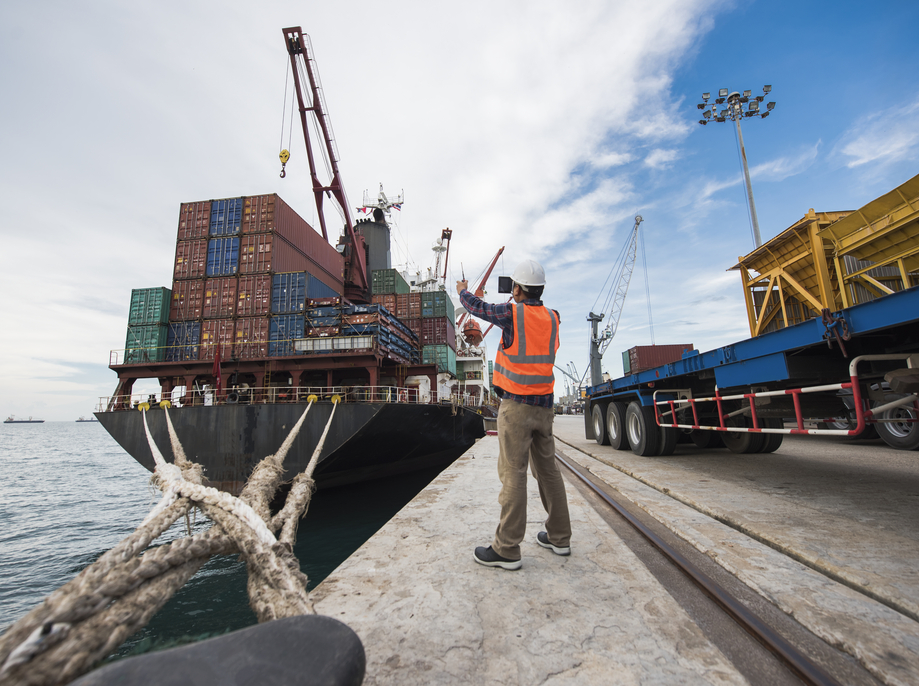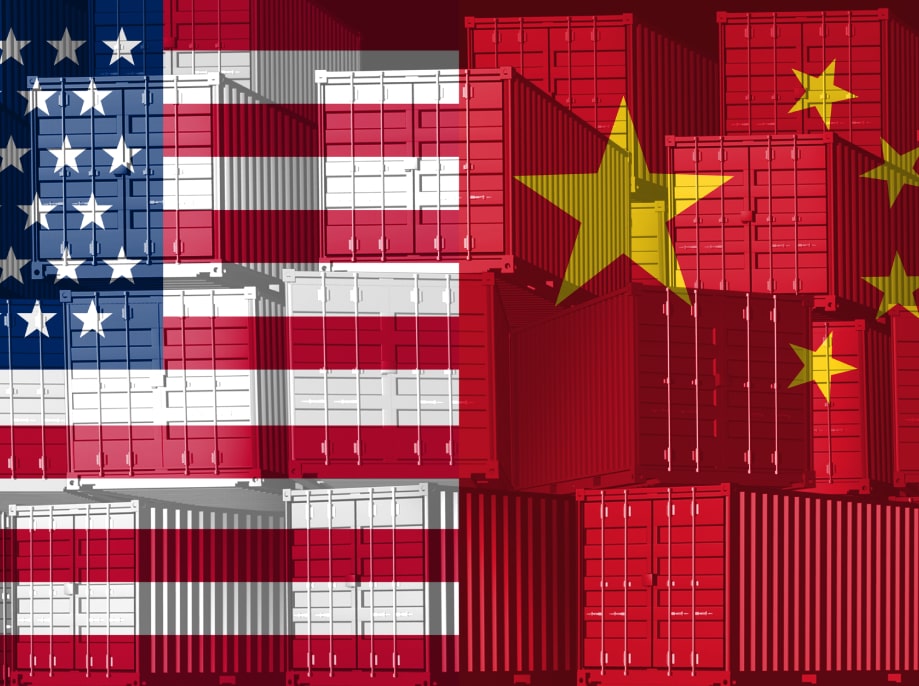
The skyrocketing price of shipping goods across the globe may hit your product's cost sooner than you think - Transporting a 40-foot steel container of cargo by ocean from Shanghai to the west coast now costs a record $12,623, a whopping 600% higher than the seasonal average over the last five years, all goods trade transported by sea, freight-cost surges are threatening to boost the price of everything from toys, furniture and car parts to coffee, sugar, and anchovies, compounding concerns in global markets already bracing for accelerating inflation.
As demand far outstrips available capacity. Carrier vessel deployment is far more unstable than normal, due to the high number of vessels dwelling outside of ports. This contributes to sliding schedules, blank sailings, and carriers turning to extra-loaders and smaller vessels when others are unavailable.
June rate-level increases are driven by two main factors. First, overall market demand is increasing, as June is primed to set another record for US imports. Second, a reduction in capacity. So far in June, blank sailings total 5-10% of weekly sailings as carriers grapple with the aftermath of the Suez canal. Furthermore, carriers note extremely strong volumes, with backlogs already pushing into July. As the prolonged peak continues, we expect June to be extremely challenging.
- Demand is very strong and capacity is tight in all origins with rates continuing at peak-season highs. Overall demand from Asia to the US (TPEB) is up 44% YoY and from Asia to Europe (FEWB) up 24%. Capacity is stable but far short of what’s needed.
- Rates in TPE have been increased a further 15-35% due to severe capacity shortages. While significant numbers of China Airlines’ crew members have tested positive for COVID, there have been no freighter cancellations so far.
- Expect current conditions to continue at least until the end of July.
Moving rates on nearly all Trans-Pacific East Bound remain at premium levels. Despite carriers’ efforts to increase capacity and keep cargo and assets moving, severe port and intermodal congestion continue to increase backlogs, slow transit time, and limit routings the carriers are able to service.





